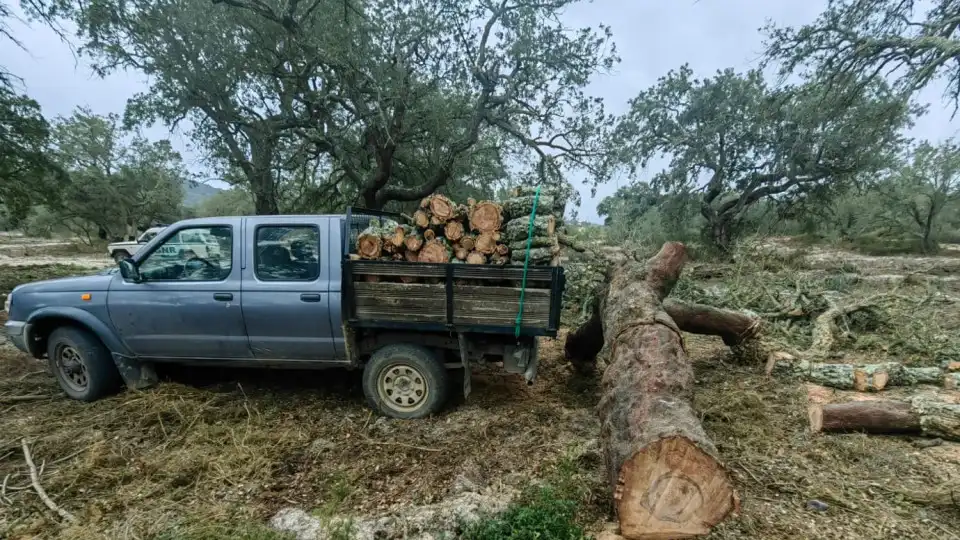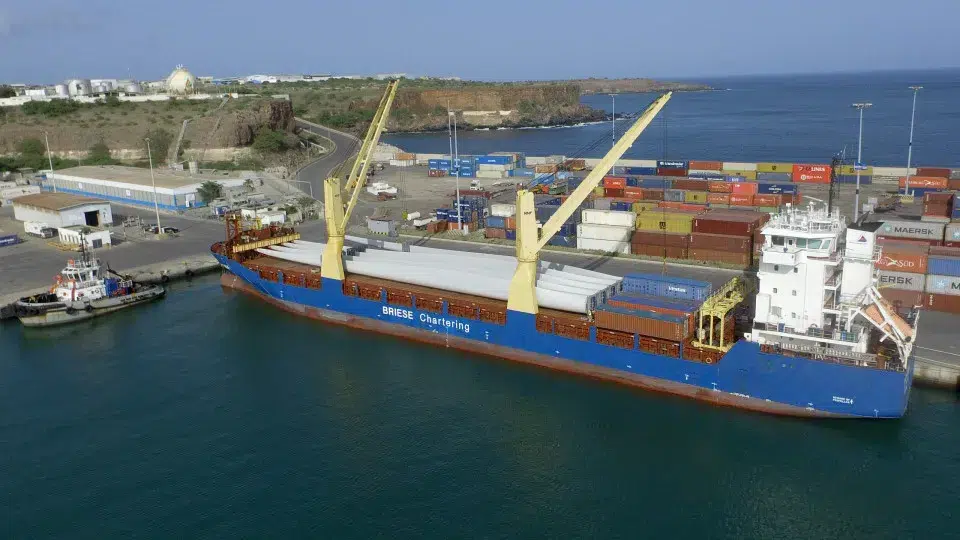As part of the World Environment Day, Pordata draws the country’s portrait towards decarbonization. Portugal also stands out for renewables in the energy mix, but fails in the high consumption of natural resources and waste produced.
Portugal reduced, compared to 2005, 35% of greenhouse gas emissions (GHG) while the European Union (EU) reduced 24%. In the country, the transport (28%) and energy industries (15%) lead in GHG emissions.
The data is highlighted by Pordata, the statistical database of the Francisco Manuel dos Santos Foundation, in collaboration with the Portuguese Environment Agency (APA), on World Environment Day, celebrated this Monday.
Compared to 2005, GHG emissions have decreased in most sectors, both in Portugal and in the EU27, with the exception of the agriculture sector in Portugal, whose GHG emissions increased 4.7%, says Pordata.
Since 1990, Portugal has been in the group of nine countries that have always remained below the overall European Union in terms of GHG emissions per capita. Luxembourg is the country with the most GHG emissions per capita.
In 2021, Portugal still had a large contribution of fossil energy in its energy mix: 40.6% came from oil and 23.6% from natural gas. However, 31.6% already came from renewable energies. Compared to 2000, the weight of coal dropped dramatically from 15% to less than 1%, oil dropped more than 20 p.p., natural gas grew 16 p.p. and renewables 17 p.p.
It should also be noted that, by 2021, 64.9% of electricity production in Portugal already came from renewable sources. Since 2018, more than half of electricity production has been sourced from renewable energy sources.
Regarding the consumption of natural resources, the country is above the EU average. In 2021, Portugal will have consumed about 174 million tons of materials. The ratio per inhabitant was 16.9 tons, the European average being 14.1 tons, and 86% higher than the consumption of materials in neighboring Spain (9.1 tons).
Among the various types of materials, non-metallic minerals, widely used in construction, are the most consumed in Portugal, representing about 63% of the total, in 2021. In Portugal, domestic consumption of materials increased 65% between 1995 and 2008, when it peaked at 242 million tons. The subsequent trajectory was of strong reduction during the period of economic crisis, followed by a near stabilization around 164 million tons.
The country does not come out well in the waste picture either. In 2020, 5.3 million municipal waste was produced in Portugal. On average, each person produced 1.4 kg of waste per day. Since 1995, waste production per capita has shown an upward trend, with the exception of the crisis years, 2010 to 2013. But if in Portugal the increase was 46%, in the European Union the increase was only 12%.
It should also be noted that half of the waste in Portugal goes to landfill and only 13% is recycled. The EU average is 23% going to landfill and 30% of waste is recycled.
With regard to the temperature increase, compared to the reference value (average of the period 1971-2000), the temperature increase is evident in all meteorological stations analyzed, with the exception of Viana do Castelo, with deviations often reaching between 1ºC and 2.3ºC, in the last five years.
In 2022 the highest average temperatures of the last 50 years were registered in Bragança, Castelo Branco, Lisbon and Beja. Comparing the average temperature in the 70’s with the 2010-2019 decade, it can be seen that in Porto, Beja, Faro and Funchal, the difference was at least 1.5ºC.








